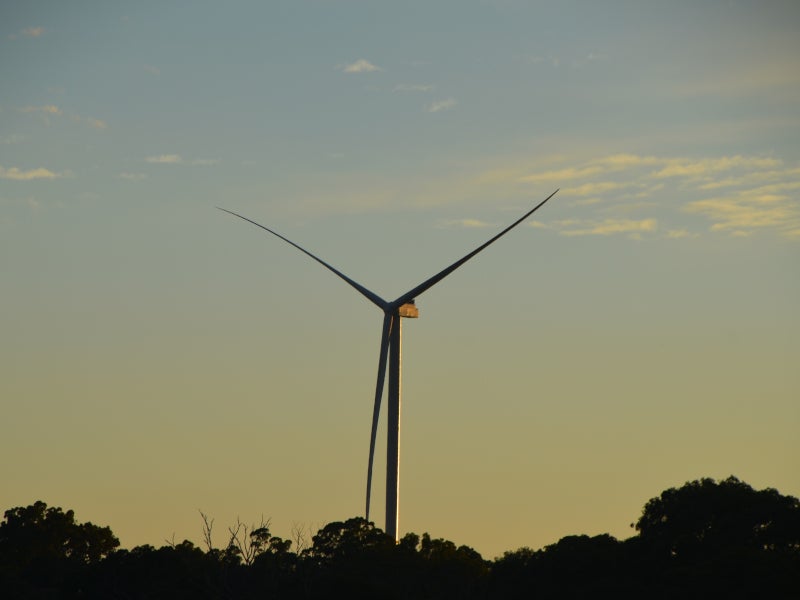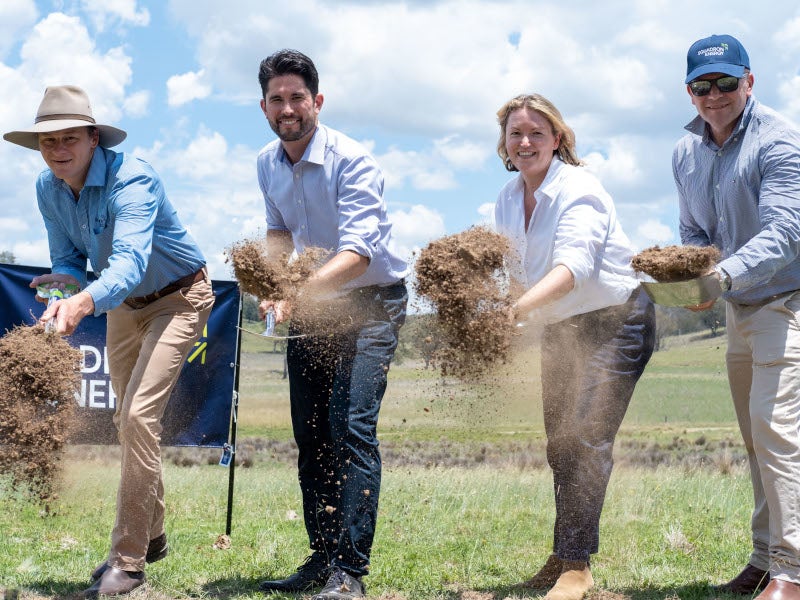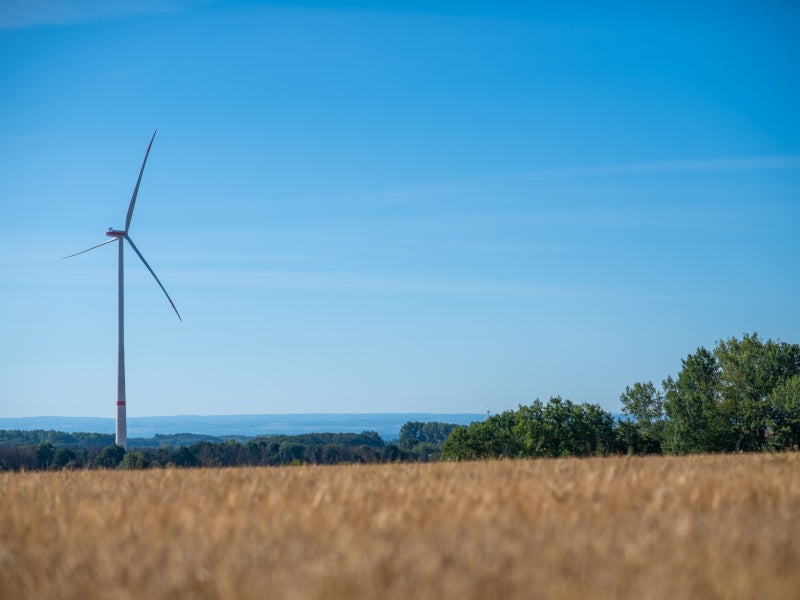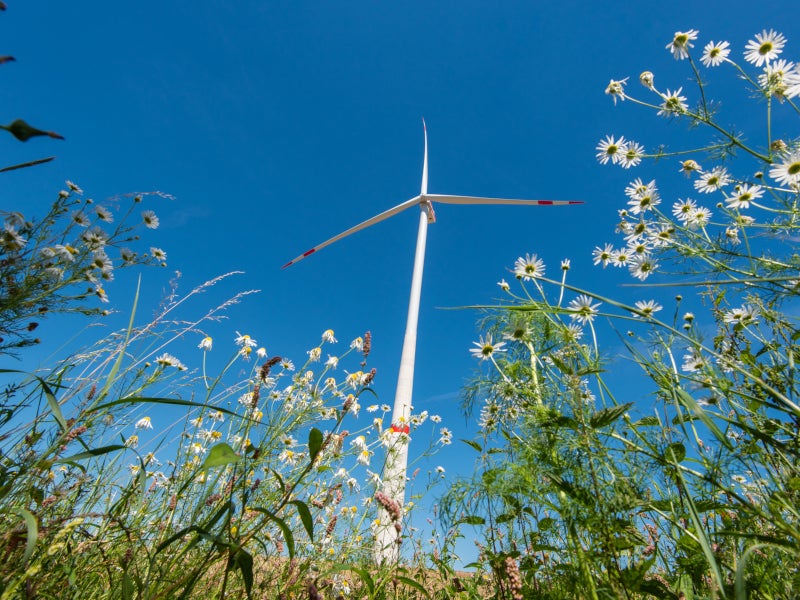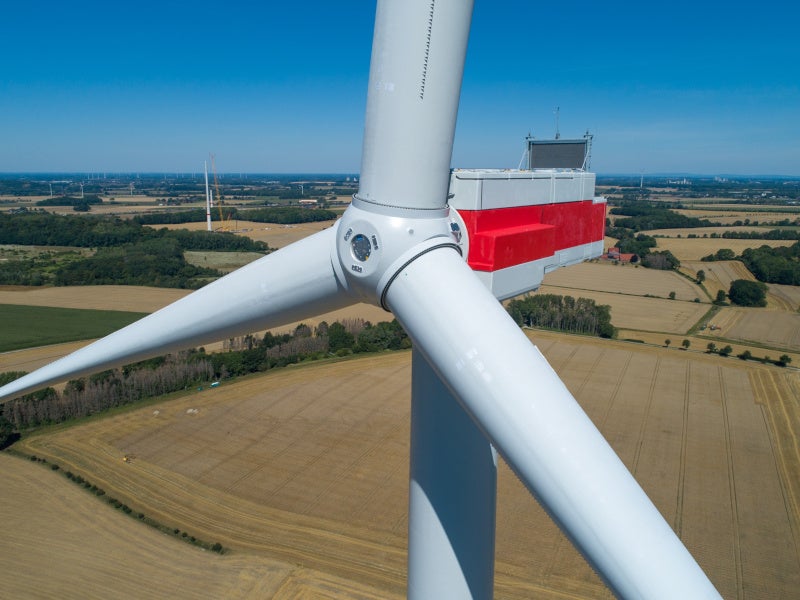The Uungula onshore wind power project is under construction in NSW, Australia. The wind farm is being developed by Squadron Energy, a leading renewable energy company based in Australia. The project has a capacity of 414MW and is set to become the biggest of its kind in NSW.
With an estimated investment of A$820m ($635m), construction commenced in January 2024 and is anticipated to be completed by 2026.
The Uungula wind farm will power more than 220,000 homes and offset carbon emissions by more than 560,000 tonnes a year.
The project is expected to create up to 250 jobs during the construction phase and maintain 12 ongoing positions once operational. The operational life of the wind farm is projected to be 30 years.
Location of the Uungula wind farm
The Uungula onshore wind farm project is located in Wiradjuri Country, 14km east of Wellington in New South Wales. The project site is divided into the Wellington section in the west and the Beryl section in the east.
It is strategically located in the Central-West Orana Renewable Energy Zone (REZ), falling under the jurisdiction of the Dubbo Regional Council LGA, within the NSW Central West Renewable Energy Zone.
Uungula wind farm development details
The Uungula wind project was initially announced to the public in July 2011. Subsequently, the environmental impact statement (EIS) was prepared by Eco Logical Australia in July 2013.
The project received development approval from the NSW Department of Planning, Industry and Environment in May 2021 and was recognised as a State Significant Development.
Uungula wind farm make-up
The Uungula wind farm will feature 69 GE 6.0-164 onshore wind turbines with a power output of 6MW each.
The wind turbine generators (WTGs) are a part of the Cypress platform, which features a unique two-piece blade design intended to optimise logistics and reduce costs. The turbines are designed to increase annual energy production (AEP) by up to 11% compared to the previous 5.3-158 model.
In addition to the wind turbines, the development includes a 150MW battery energy storage facility, various ancillary infrastructure such as concrete batching plants, and up to six permanent wind monitoring masts.
The development also entails the installation of underground and overhead transmission and control cables, collector substations, switching stations, site compounds, crane hardstands, assembly areas, and up to six permanent wind monitoring masts.
Operations at the Uungula wind farm will be managed through a combination of remote computer control and local operations and maintenance staff. The hybrid approach will enable employment opportunities within the local community.
Power transmission details
The wind farm will connect to TransGrid’s Wellington to Wollar 330kV transmission line that traverses the northern part of the project site.
The power transmission infrastructure comprises a 330kV switching station, an 11.6km-long, 330kV single-circuit transmission line, and a 330/33kV substation.
The electricity produced by the wind turbines will be transformed to 33kV by on-site transformers, with underground cables transferring the power to a collector substation.
The cables will typically follow internal on-site access roads, with certain sections potentially placed underground to meet local requirements.
The collector substations and switching station sites will occupy between 2.3ha and 3.5ha and include standard grid connection infrastructure and buildings.
Power purchase agreements
Snowy Hydro signed a contract in June 2022, to purchase renewables certificates and 200MW of power from the Uungula wind farm for 15 years.
Contractors involved
Squadron Energy formed an A$2.75bn ($1.75bn) green strategic alliance with GE Vernova in January 2024 for the supply of wind turbines. GE Vernova will supply turbines for the project through the partnership, in addition to providing engineering, procurement, and construction support.
Clayton Utz, a law company based in Sydney, played a pivotal role in the successful construction financing of the project.
Transgrid Group’s Lumea, an energy infrastructure provider, is set to build, own, operate and maintain the transmission infrastructure, with site works expected to begin in 2025.
Global law firm Norton Rose Fulbright has been advising Squadron Energy on the development of the wind farm, covering various legal aspects such as environment and planning, native title and cultural heritage, offtake and revenue, connection, and procurement.
TYPSA conducted multi-criteria analysis to select locations with lesser technical risks and analysed investment costs based on potential layouts.
Allens provided legal advice to the lenders on the construction financing of the Uungula wind farm.
Additionally, Moir Landscape Architecture was engaged to carry out a specialist landscape visual impact assessment to be included in the environmental assessment report for the project.

